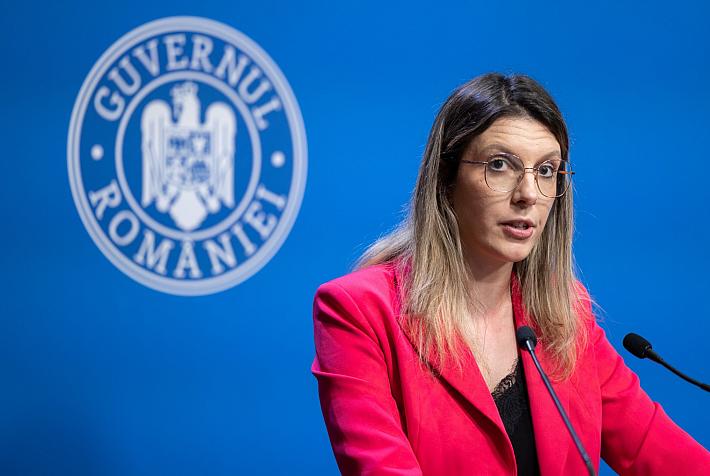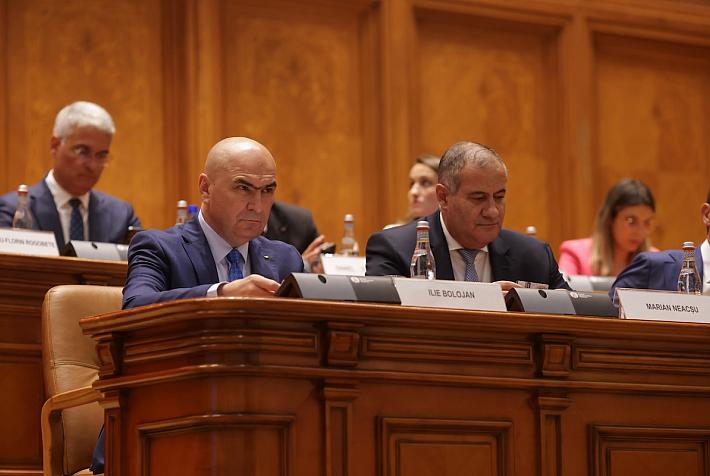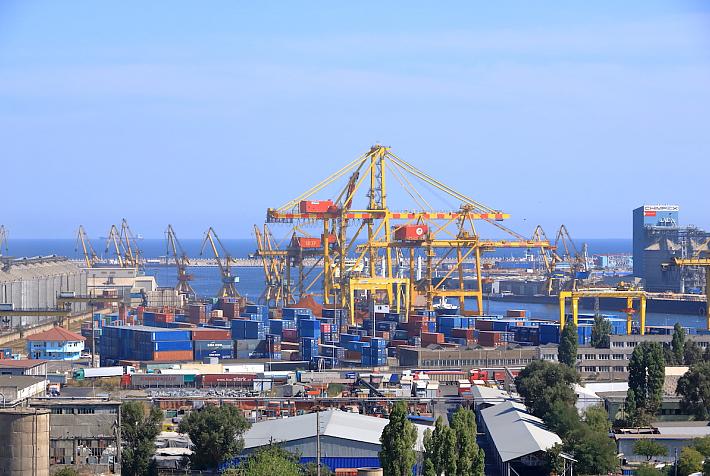Romania undergoes most severe industrial contraction in CEE

Romania's industrial output (not adjusted, manufacturing industries only) has contracted by 4.8% YoY in the 3-month rolling period to January 2023, compared to the same period one year earlier – the fourth-weakest performance among the 11 Central and Eastern European countries analysed. But the contraction comes on top of a 3.4% comparatively milder decline in 2019-2022 (Covid-19 pandemic crisis), resulting in the weakest overall performance compared to the pre-Covid period (-8.3%) among the 11 CEE countries.
The only other country among the 11 to post smaller industrial output in the 3 months to January compared to the same period in 2019 was Slovakia (-3.6%), while Poland boasted a massive 28.3% advance.
The industrial decline seen over the past four years in Romania dragged the country down from the first group of performers (defined based on the prior growth in 2013-2019) – where it was in 2019 besides Poland, Czechia, Slovakia and Slovenia.
Five countries – namely Hungary and the Baltic States – have recovered the ground lost during 2013-2019 and surpassed Romania when it comes to overall 10-year industrial growth.
In fact, among the 11 CEE countries discussed, only Croatia performed worse than Romania (1.4% versus 2.4%, annualised growth rates). But Croatia is focusing on other economic sectors, such as tourism. The industry of Poland surged by an annual average rate of 6.1% over the past ten years, followed by the industries of Lithuania and Slovenia (4.8% each).
Speaking of other countries in the region, Serbia's industrial output rose at an annualised rate of 2.5% (still higher than Romania's), while Turkey boasted a growth rate (6.0%) close to that of Poland.
Romania's industrial contraction took place against the background of sharp economic expansion. Over the past ten years (2022 compared to 2012), Romania's GDP per capita calculated at PPS increased from 57% of the EU average to 77% of the EU average (+20pp, steepest growth among the 11 CEE countries), followed closely by Lithuania (+19pp). Latvia and Estonia posted 13pp gains. Bulgaria's GDP per capita at PPS expressed as a ratio to the EU average also increased by 12pp.
The 11 EU member states are Bulgaria, Czechia, Estonia, Croatia, Latvia, Lithuania, Hungary, Poland, Romania, Slovenia, and Slovakia.
iulian@romania-insider.com
(Photo source: Andrii Yalanskyi | Dreamstime.com)













